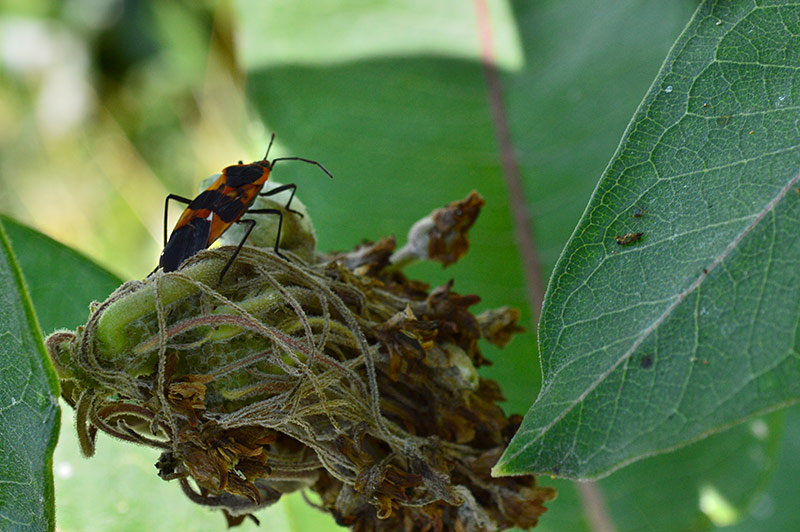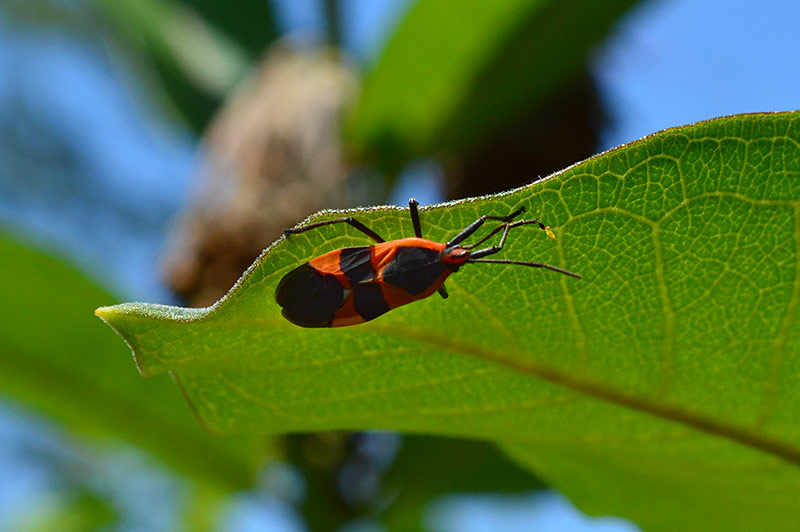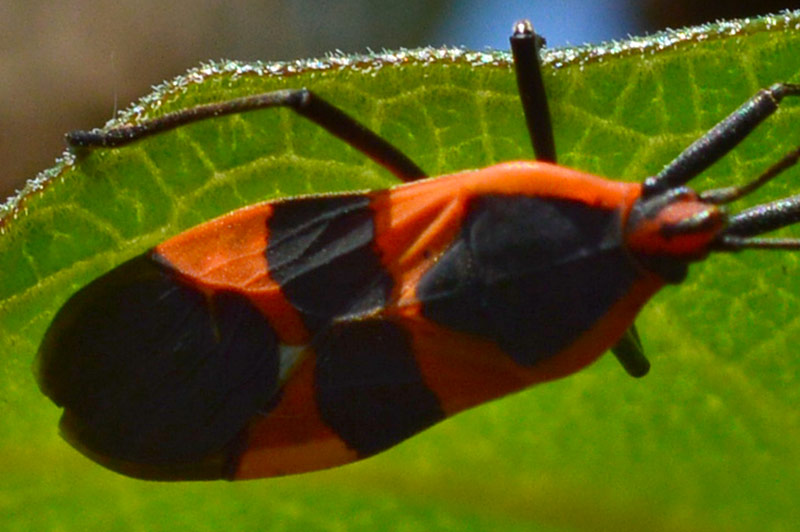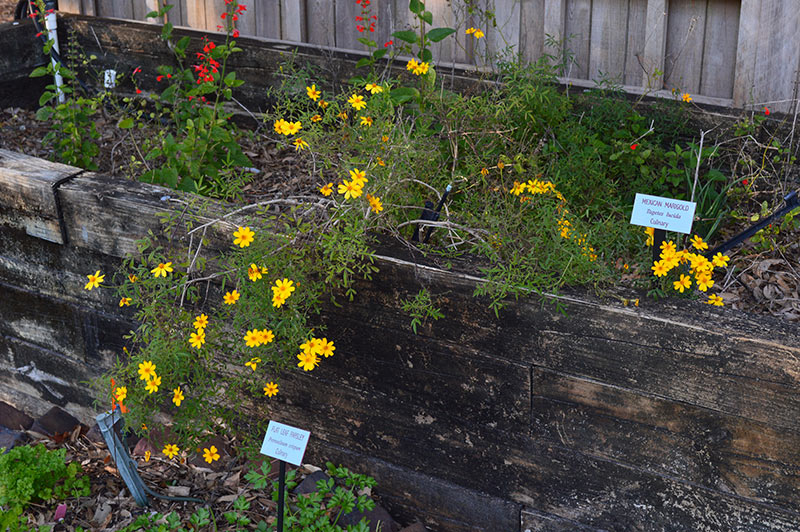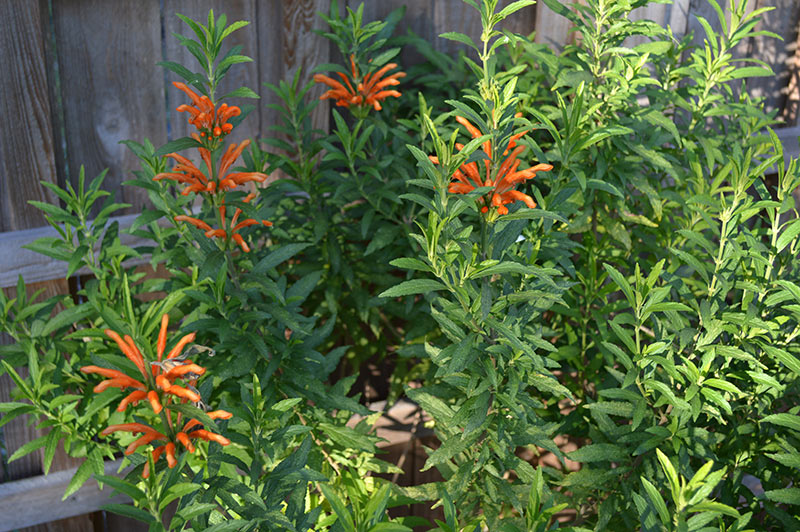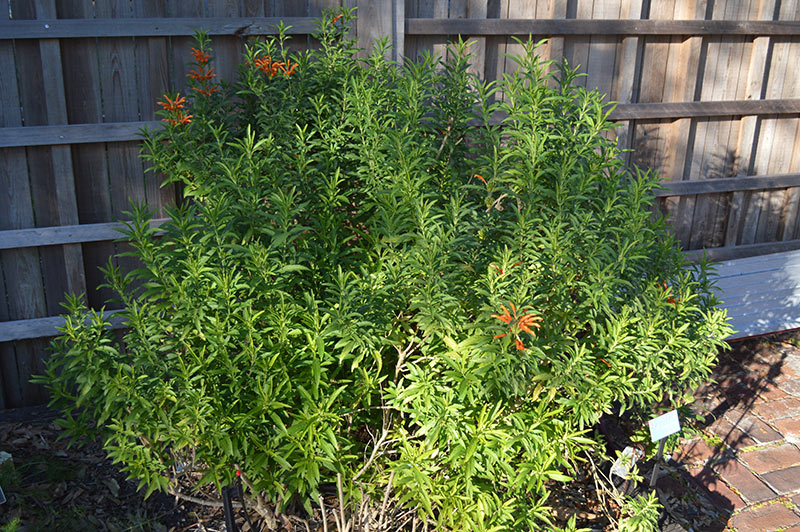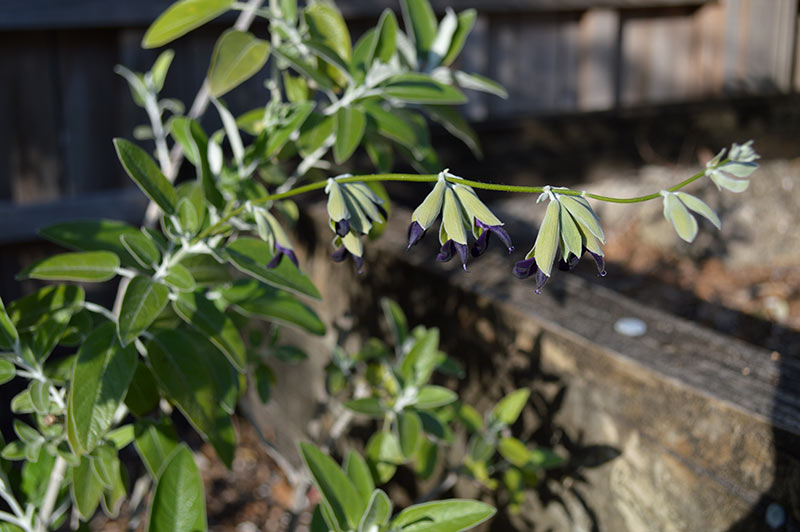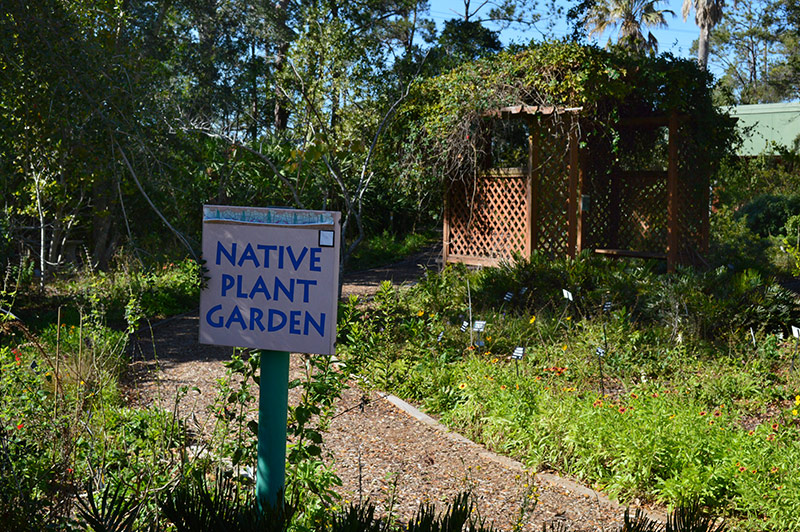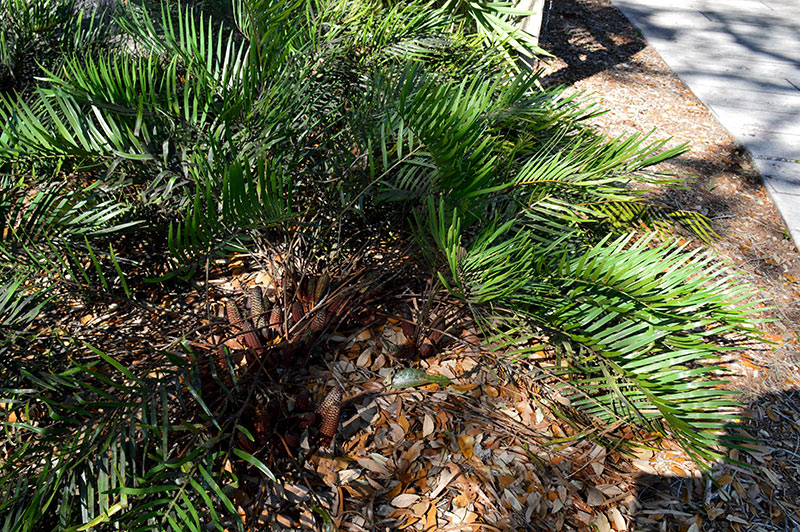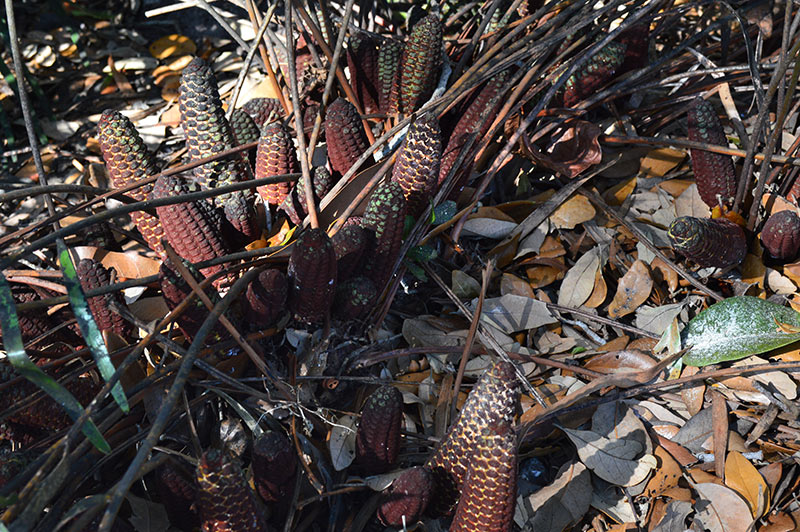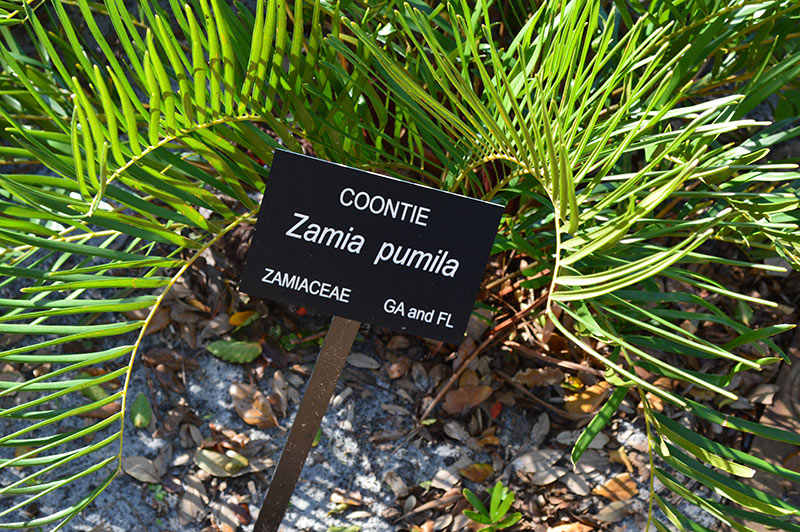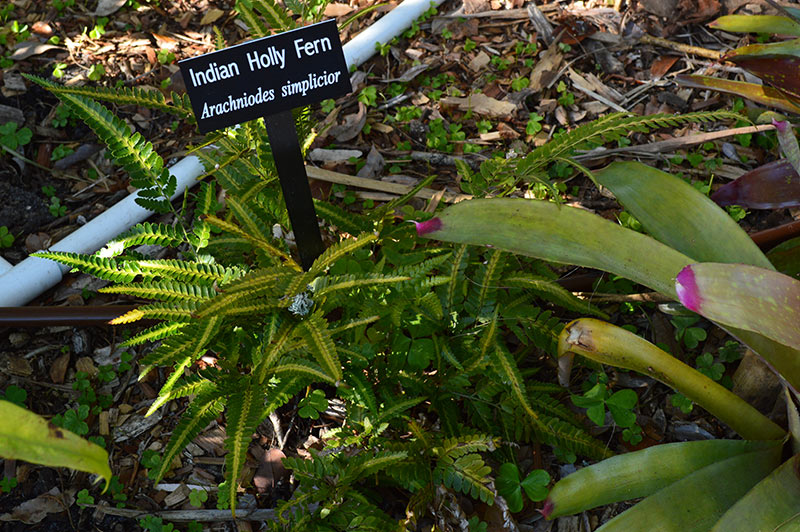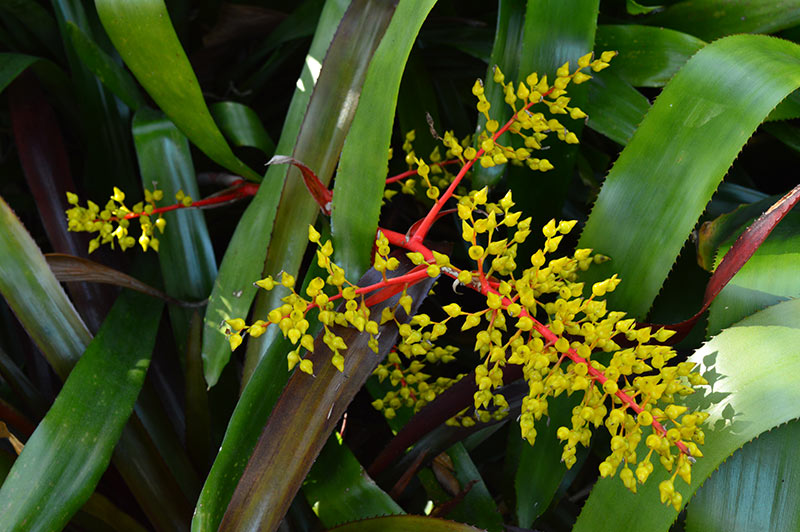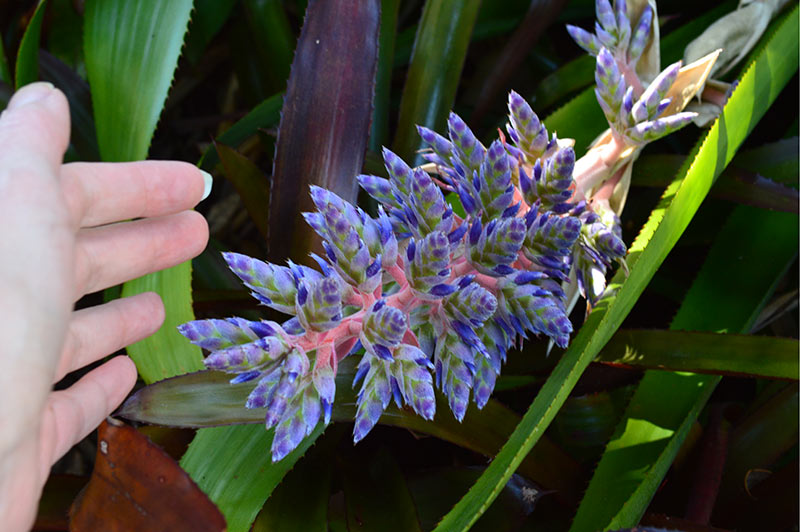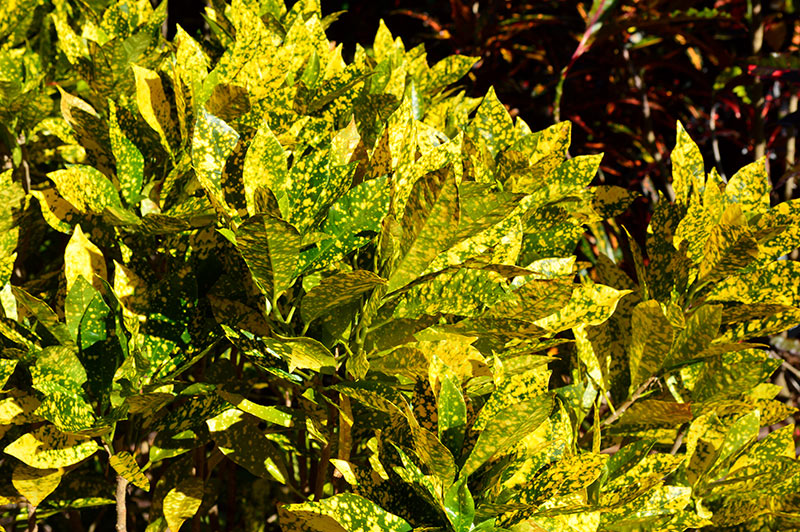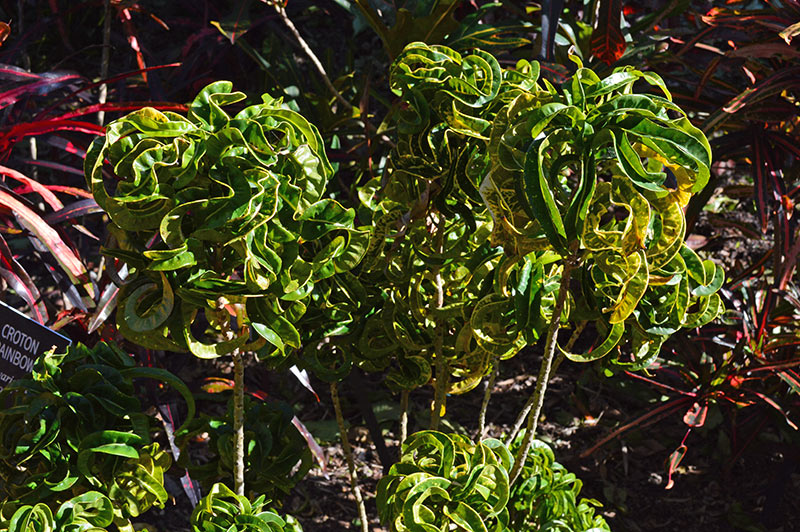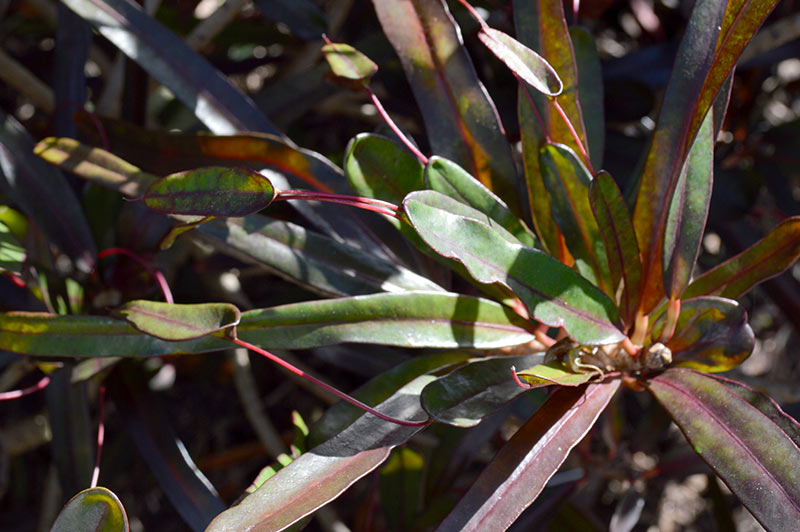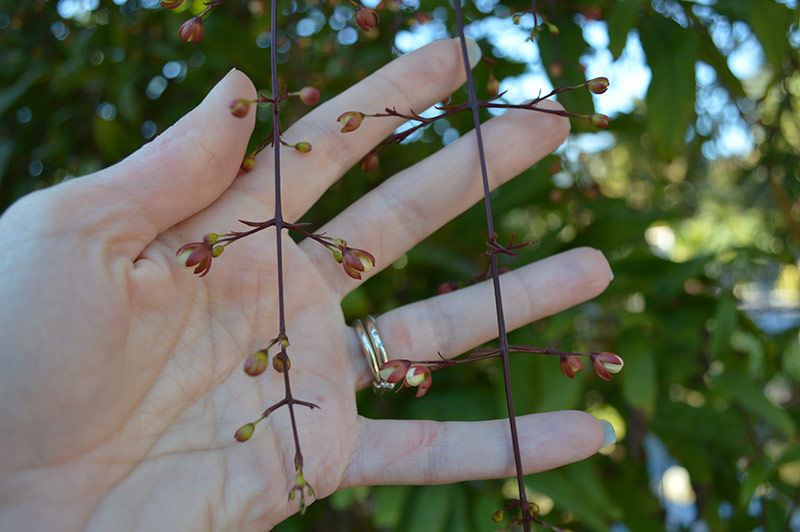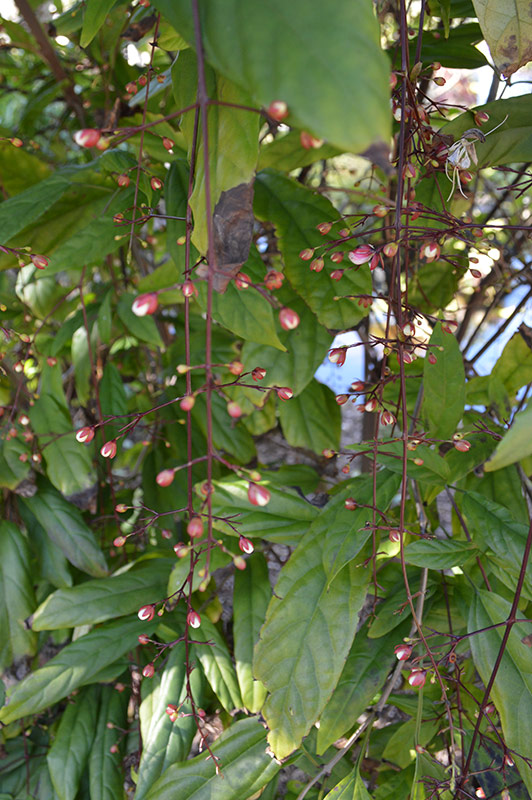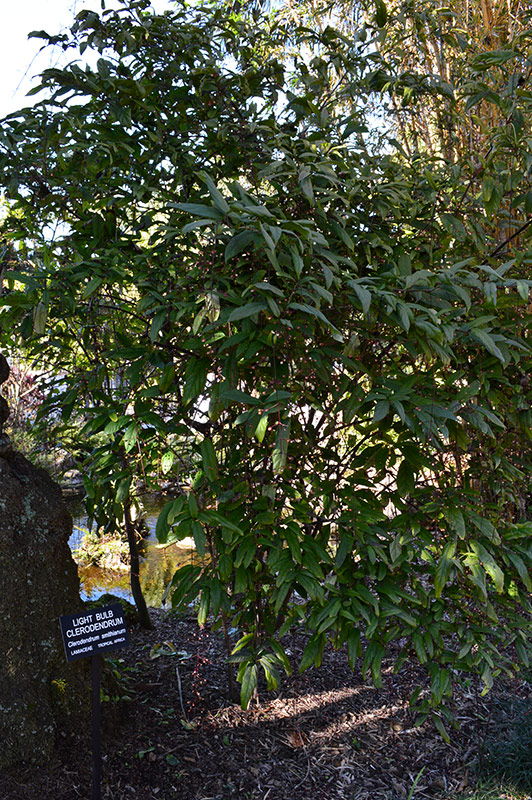Last weekend I attended the Smart Gardening conference. It is held annually in March and provides a perfect green fix for gardeners in my state who are really, REALLY wanting to be out in the garden right now. The day long event brings speakers on different topics and photos of many plants. The keynote speaker this year was Paul Zammit, the Nancy Eaton Director of Horticulture at the Toronto Botanical Gardens. I was able to see Paul speak before on containers at the Toronto Botanical Gardens. He’s a dynamic speaker who delights the audience, albeit startling them a bit at first.
What is the Cost of Perfection?
Paul shared with us a conversation he had with his grandfather who grew lemon trees. The newly informed horticultural student was eager to share his knowledge on how to prevent scale on the fruit. His grandfather told him only once had they treated for scale, and during that season no birds visited the garden. Paul’s grandfather pulled a lemon with scale from the tree, cut it and squeezed it into a glass of water he then handed to his grandson. He asked “Does it taste any different?” Of course, it was still delicious.
We as gardeners are constantly making choices when creating and maintaining a garden. We can choose the perfectly shaped, fake topiary for accents. But that same choice will lead to the eventual discarding of the weathered artificial tree into a landfill. Do we need the larger, scale free produce? How important is it to have altered beautiful, double blooms whose many petals then keep pollinators from accessing the pollen and nectar of the plant? When we clear our perennial plant stalks in fall or early spring to make the garden look more tidy, do we realize we may also be removing habitat our solitary bees could use?
Gardening is “Messy”
“Gardens are alive and ever-changing,” Paul shared with us. Over these past years of tending the Lot, I’ve become comfortable with the idea of letting plants be plants. Loosen up on the reins, gardeners! Be okay with edges not being perfect and plants being a bit bug nibbled. You’re tending not just a lovely garden, but a possible thriving ecosystem. Paul recommended a book by David Culp I also really enjoyed called The Layered Garden. It’s a great resource for gardeners who would like to build a garden bustling with life, but still maintain a bit of visual order.
Public Gardens and Education
Gardens are also opportunities to connect people to nature. Not only do gardens offer a space of respite for urban populations, they are also great classrooms. The opportunities I’ve had to teach kids about gardening have been some of my favorite in my volunteer work. Kids naturally seem to share my awe and excitement about gardening. However, Paul asked why are we focusing on just children? Why not bring in their parents for families to learn together? Why not indeed. What a great idea!
Who am I Gardening For?
As gardeners, we make choices every time we buy a plant or pull out a hedge that have an effect far beyond ourselves. I don’t think Paul meant for any gardener to suffer paralysis by analysis after his presentation, or even to feel any guilt. Instead, I feel his presentation challenged us as gardeners to revisit our approach to gardening. Who do we garden for? Pollinators? Birds? Future generations? Personally, I felt even more empowered after listening to him speak. We’re super heroes! As a comic book fan, this delights me. I’m even more excited than before to tackle this growing season. Let’s do this.
